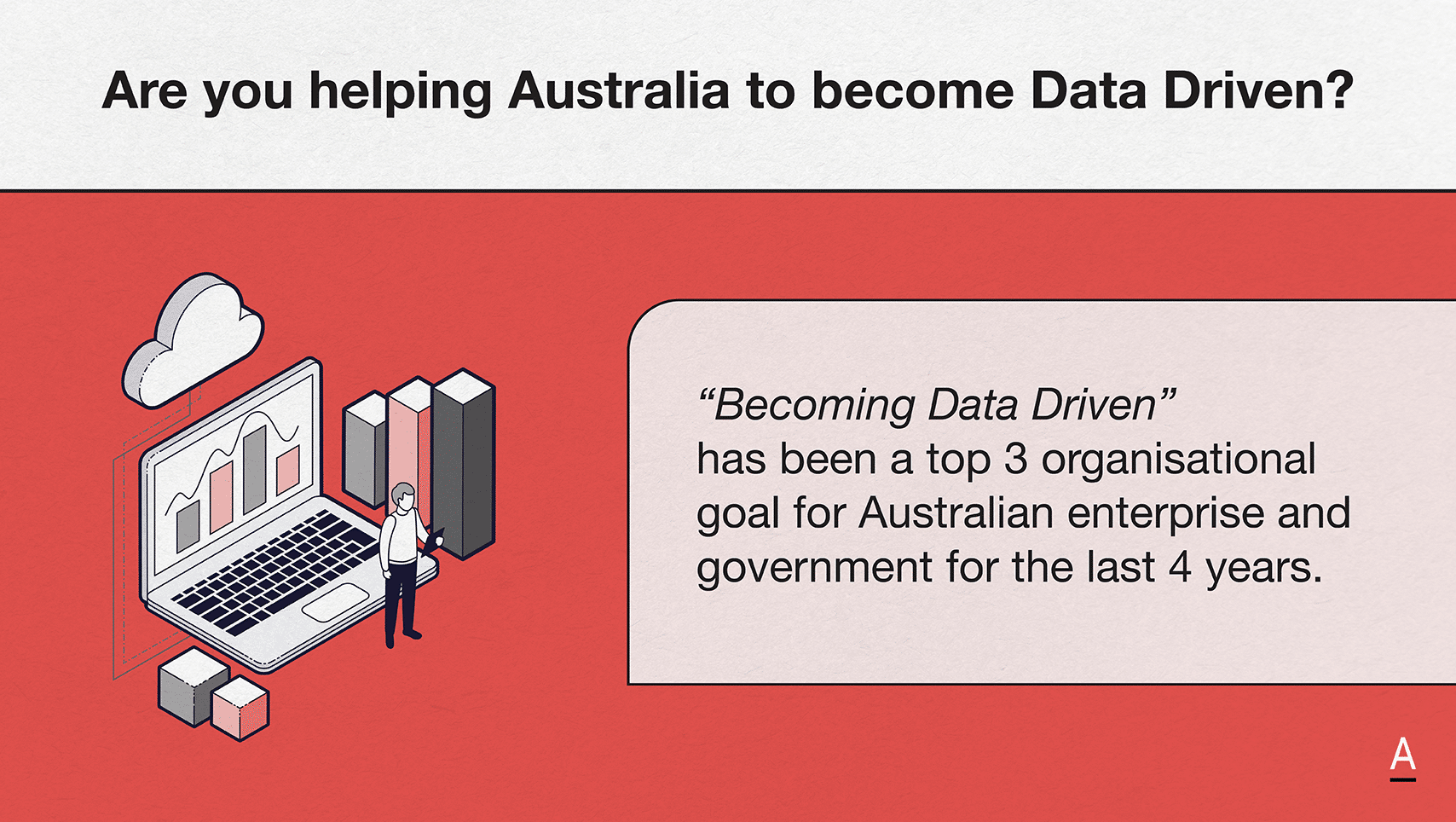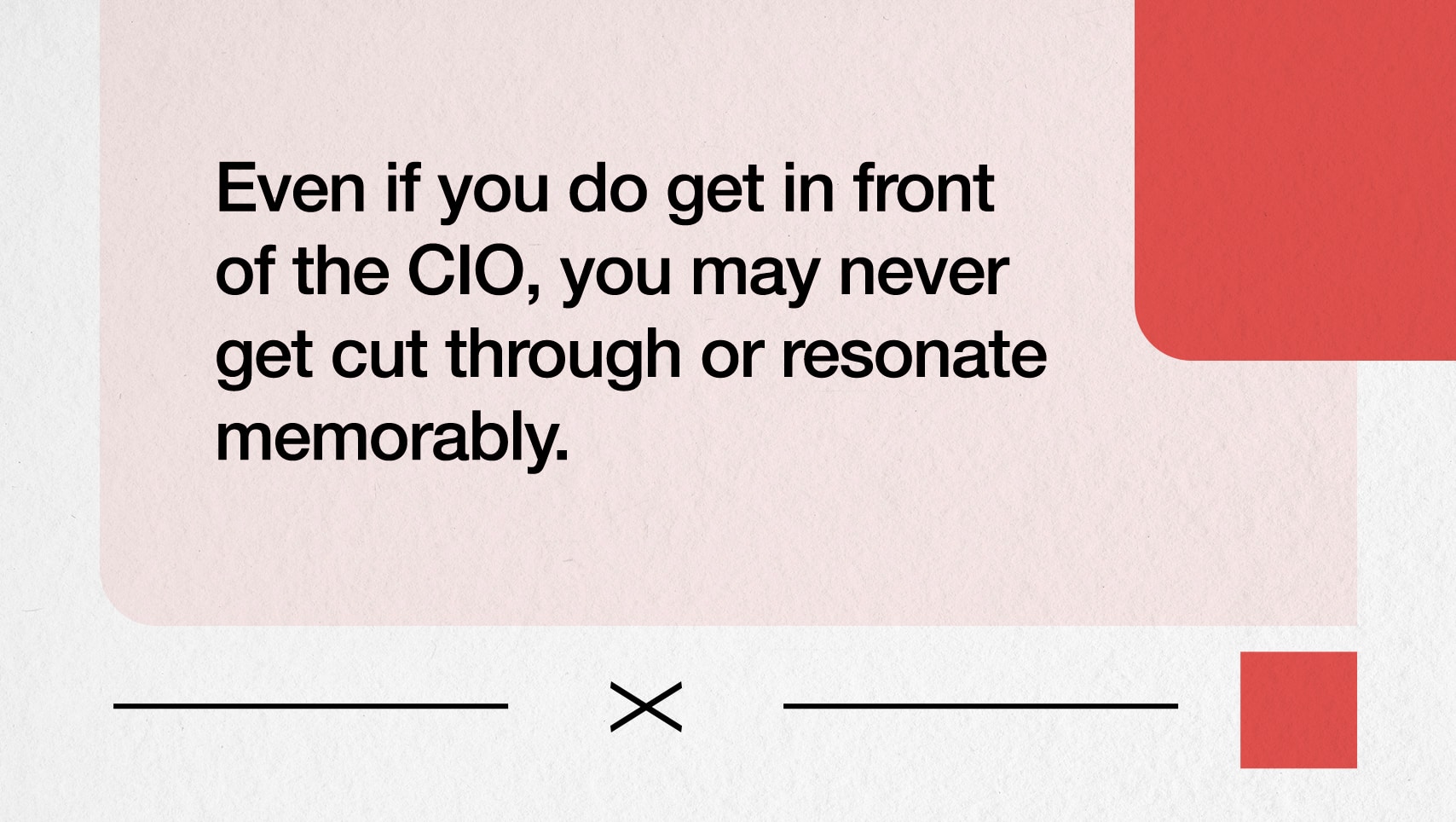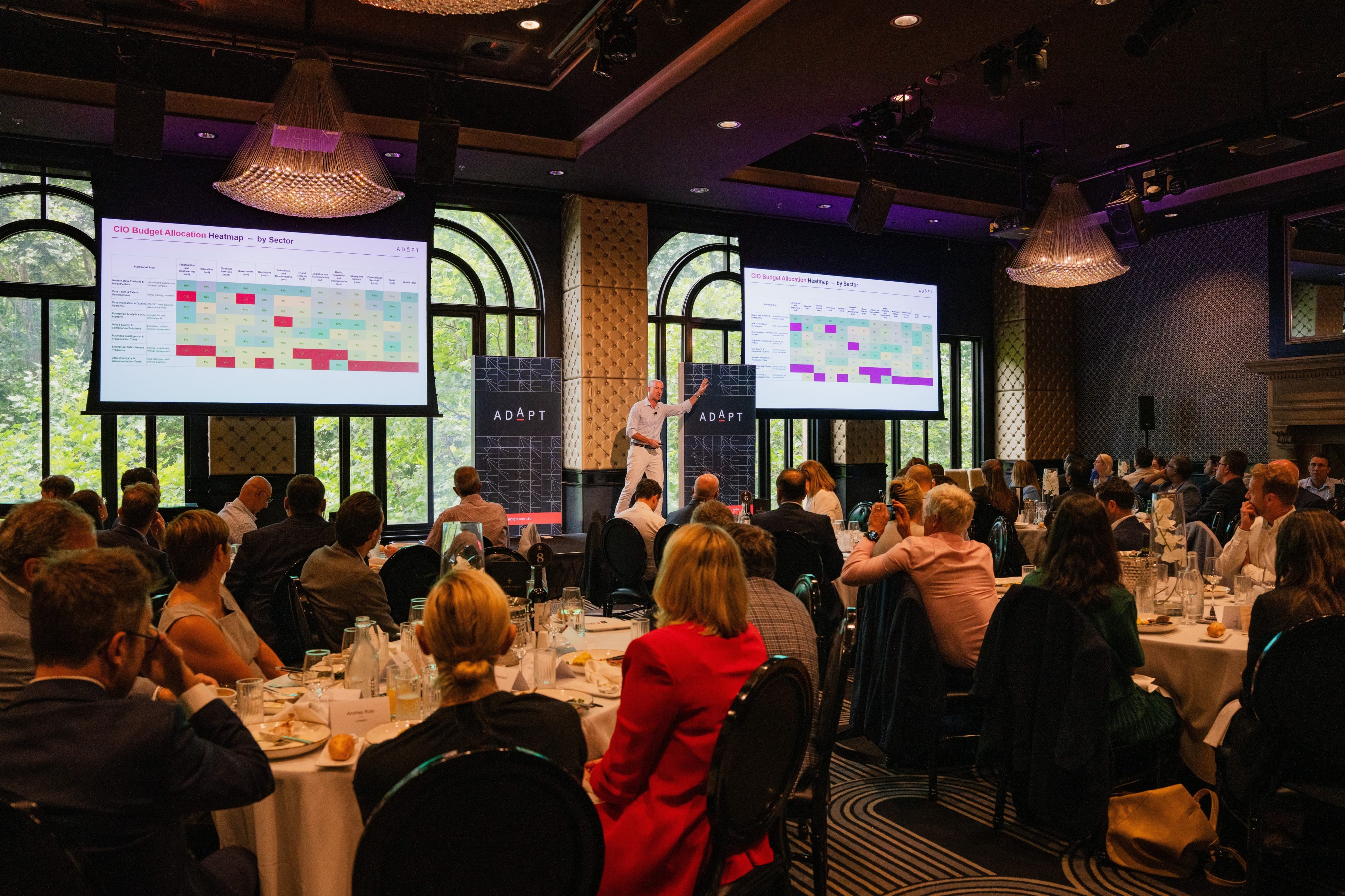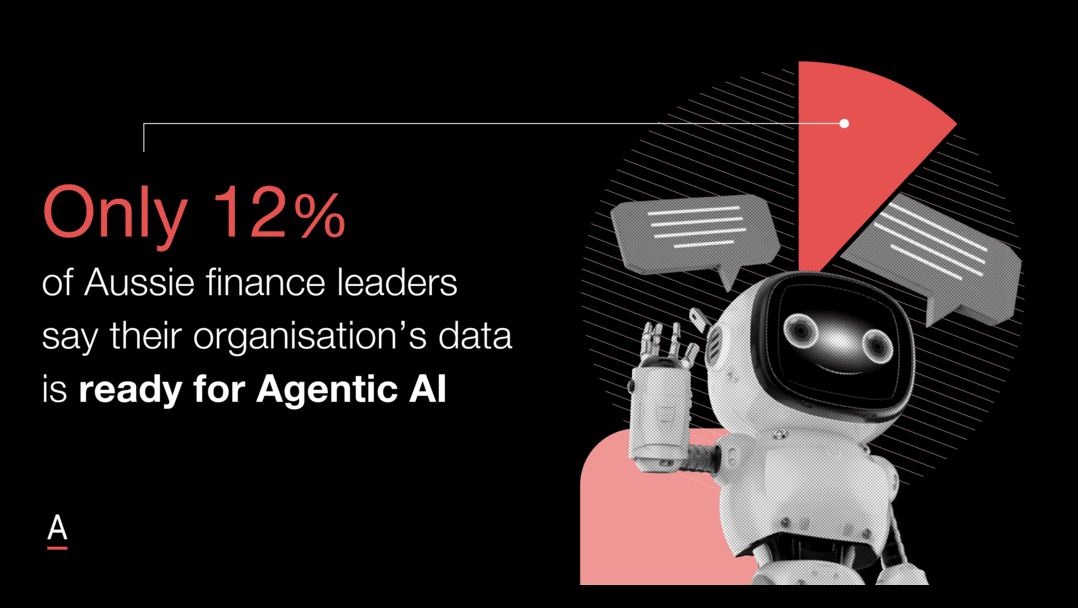How technology vendors can support healthcare CIOs as they modernise, secure, and personalise care
Modernisation, security, and data-driven care are redefining healthcare. ADAPT outlines 5 key trends to help tech vendors align with CIO priorities in 2025.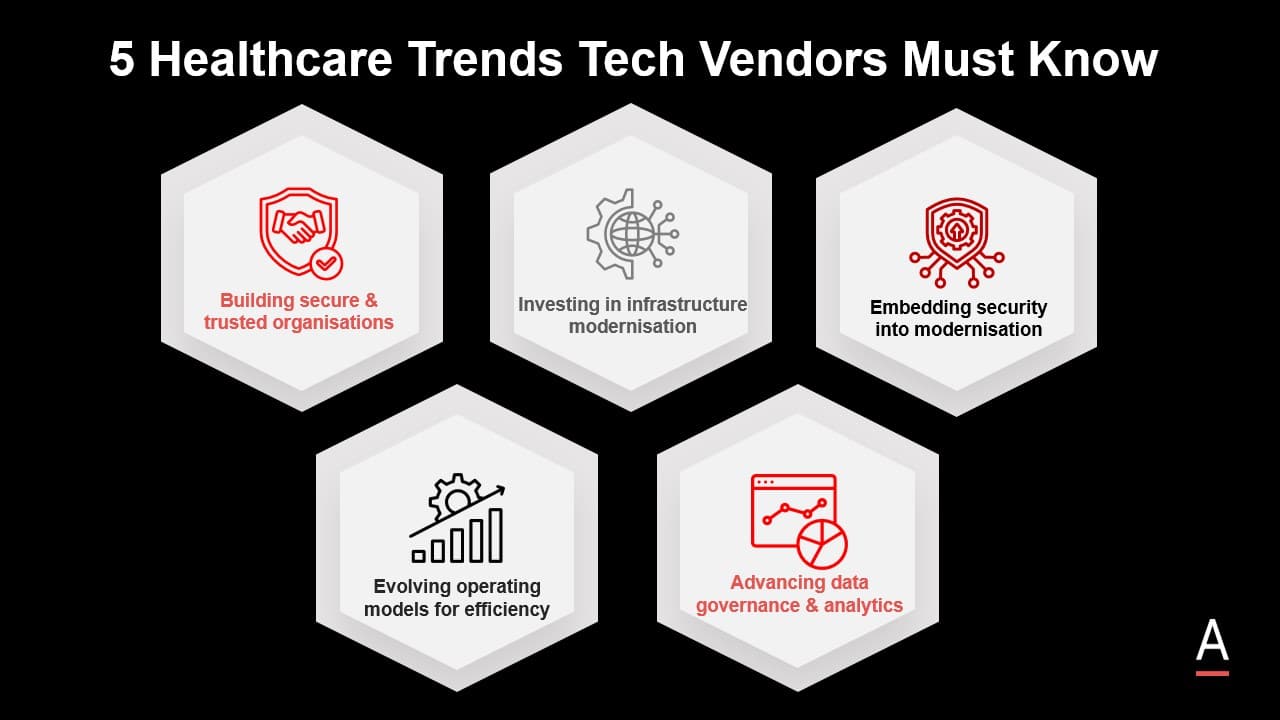
Australia’s healthcare leaders are facing a pivotal moment.
As patient expectations evolve and digital transformation accelerates, CIOs must modernise infrastructure, navigate complex regulations, and drive operational agility, all while maintaining trust and continuity of care.
They are under pressure to deliver scalable digital health solutions that reduce costs, enhance patient outcomes, and meet increasing compliance requirements.
ADAPT’s 2025 Healthcare IT Outlook reveals five key trends shaping how healthcare CIOs invest, plan, and partner.
These trends reflect changing priorities and present a timely opportunity for technology vendors to better align solutions with strategic CIO agendas.
Trend 1: Building secure and trusted organisations
Security and trust sit at the top of the healthcare CIO agenda.
In 2023, 41% of Australian healthcare organisations were hit by cyber attacks, prompting a sector-wide urgency to strengthen defences.
Healthcare CIOs are prioritising security not only to safeguard sensitive data but also to ensure compliance with the evolving regulatory landscape.
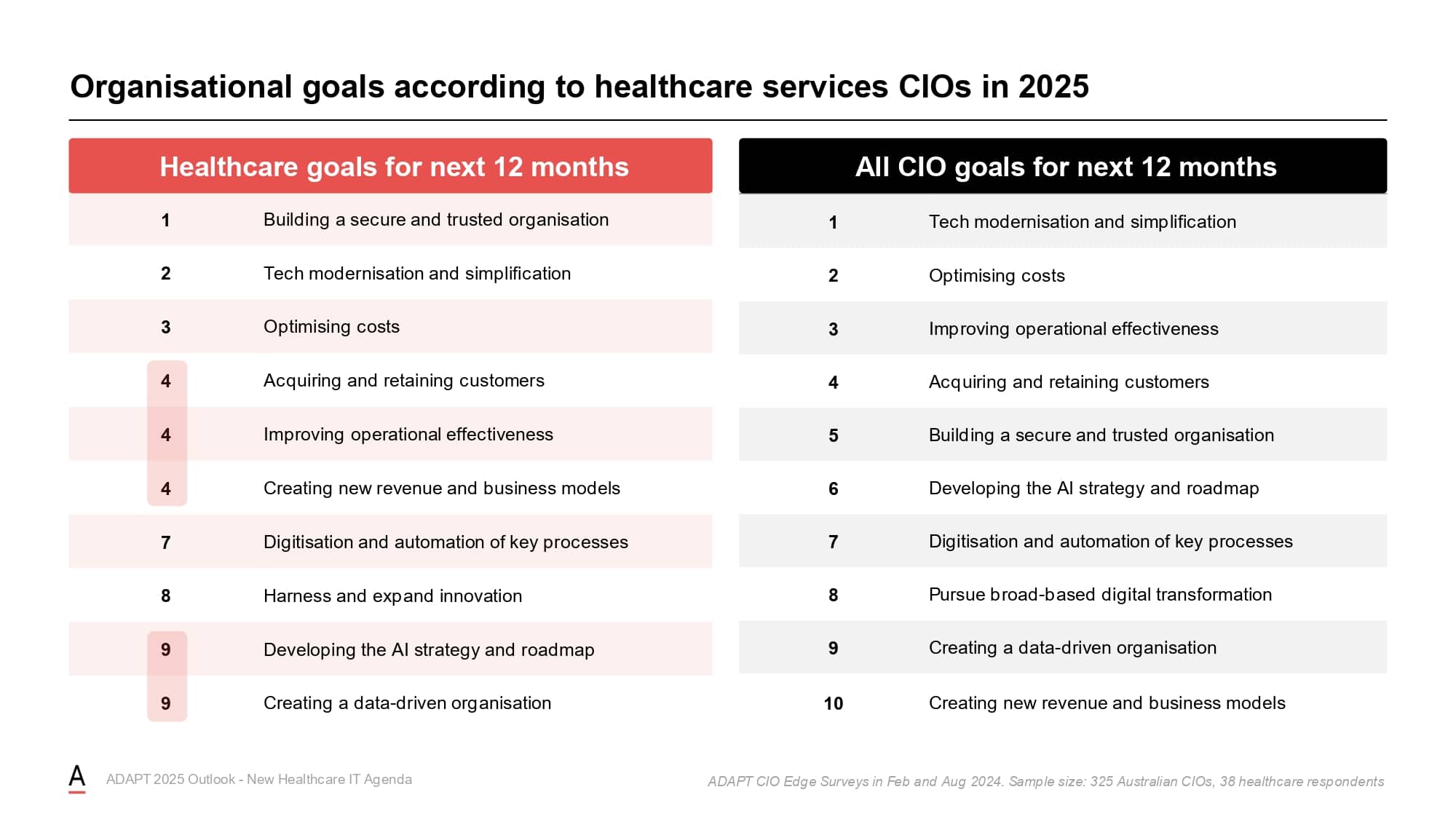
This includes aligning to the Australian Privacy Act amendments, APRA’s CPS 234 standard, and the Australian Cyber Security Strategy 2023 to 2030.
These developments require proactive risk management, multi-factor authentication, Essential Eight adoption, and investment in privacy training and compliance tools.
In response, data protection, supply chain security, and critical infrastructure safeguards are now integral to digital transformation projects across healthcare.
At CIO Edge, Karen O’Driscoll, CIO at Cochlear, shared that increasing digital touchpoints in healthcare requires new strategies for engagement, especially as the sector shifts from B2B to B2C.
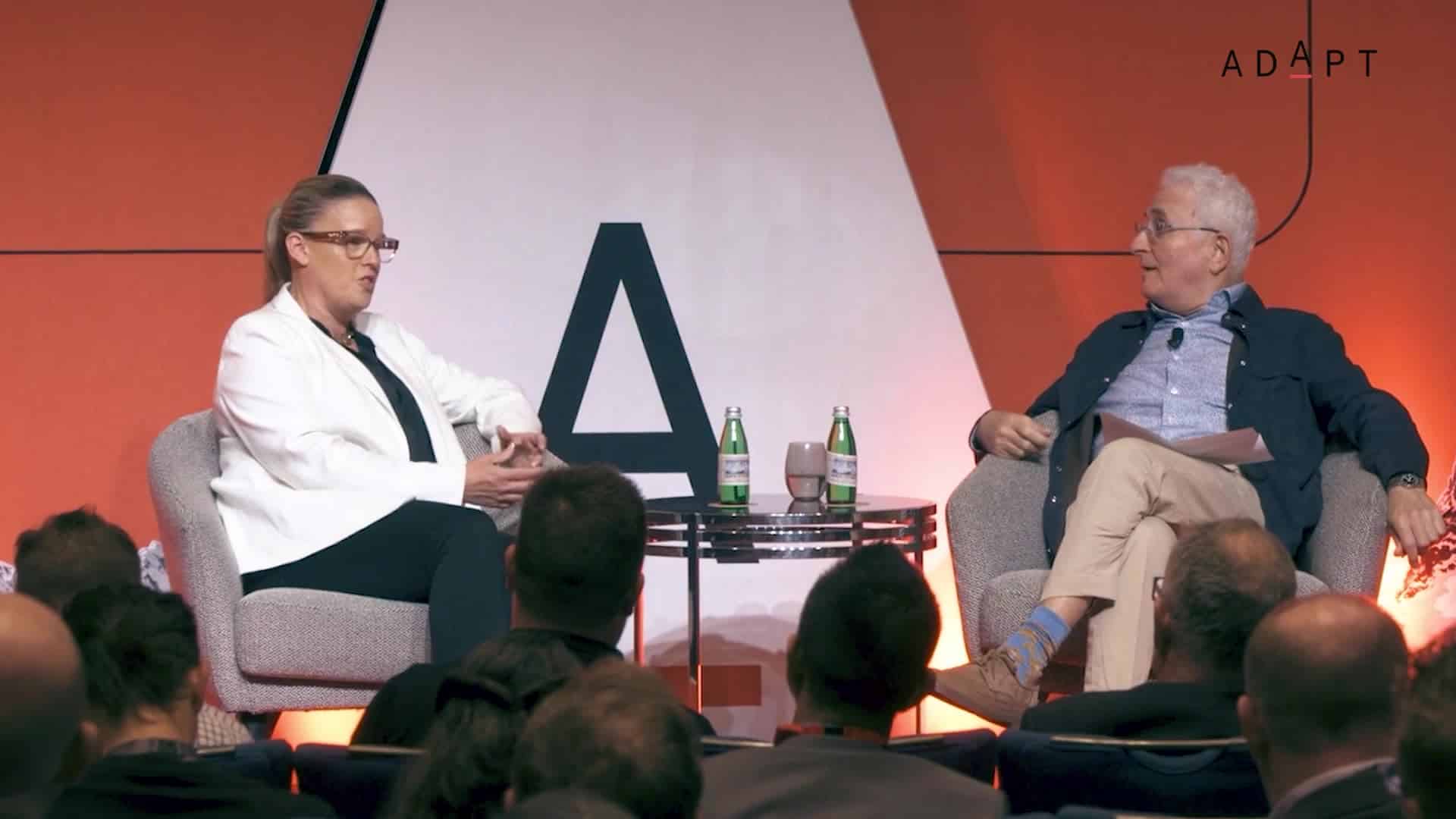
She underscored the need for robust data infrastructure and AI to improve outcomes while managing adoption challenges across clinical settings.
Kyla Banks, Head of Communications at nib Health Funds, described how launching enterprise social media, backed by executive sponsorship, helped unify fragmented teams and foster authentic collaboration across a growing healthcare business.
She stressed that building trust starts with transparency and connection.
Trend 2: Investing in infrastructure modernisation
Healthcare CIOs are allocating a larger share of budgets toward infrastructure than other industries, driven by a need to modernise legacy systems and scale core services like telehealth and diagnostics.
In 2025, application modernisation and integration remains the number one initiative among healthcare CIOs.
Many are migrating mission-critical workloads to the cloud, expanding clinical workflow platforms, and reengineering hospital automation to improve care coordination and staff scheduling.
Supporting this shift are national standards such as FHIR and HL7, which aim to ensure interoperability between platforms and jurisdictions.
As the sector continues to adopt digital tools at scale, modern infrastructure is enabling a more secure, connected, and efficient ecosystem.
Tracey Evans, CIO at Virtus Health, noted in a CIO Edge interview that modernisation begins with architectural clarity.
She stressed the value of reviewing system gaps and redundancies through rigorous evaluation to guide future scalability and business alignment.

Fiona Caldwell, CIO at Estia Health, described how a prioritisation matrix based on scalability, risk, and value helps direct limited resources toward the most impactful infrastructure upgrades across aged care.
Trend 3: Embedding security into modernisation
Security is now embedded in every stage of modernisation, not treated as a separate priority.
From clinical systems to back-office processes, CIOs are applying a security-first lens to mitigate risk and comply with regulatory frameworks.
Strategic actions include adopting interoperable platforms aligned with the National Healthcare Interoperability Plan, implementing data governance protocols, and upgrading IT systems to support secure data sharing.
The rollout of privacy regulations and the Essential Eight is also driving increased attention on access controls, encryption, and system-wide auditability.
For healthcare organisations, the ability to build resilience while scaling digital capabilities is now critical.
The ongoing challenge is finding solutions that embed security without slowing innovation.
Sami Yalavac, former CIO at Bupa ANZ, discussed that minimum viable governance frameworks are key to enabling fast, secure decisions during transformation.
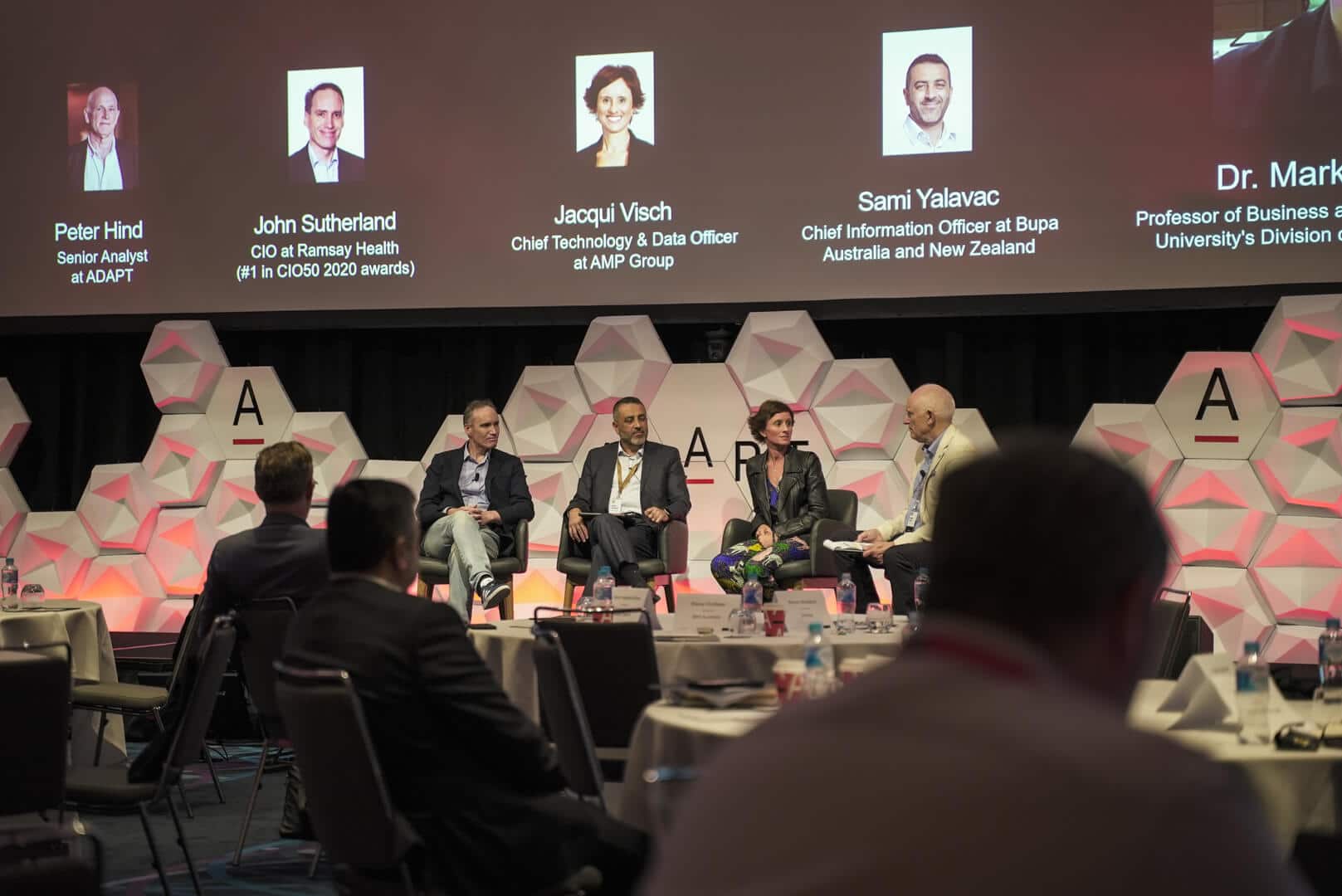
He emphasised that empowering technologists to act as business partners accelerates both innovation and resilience.
Johny Agotnes, CIO at Bolton Clarke, reminded tech vendors that systems should align to the daily realities of frontline workers.
He noted that simplicity, clarity, and security must coexist to deliver frictionless care in aged care environments.
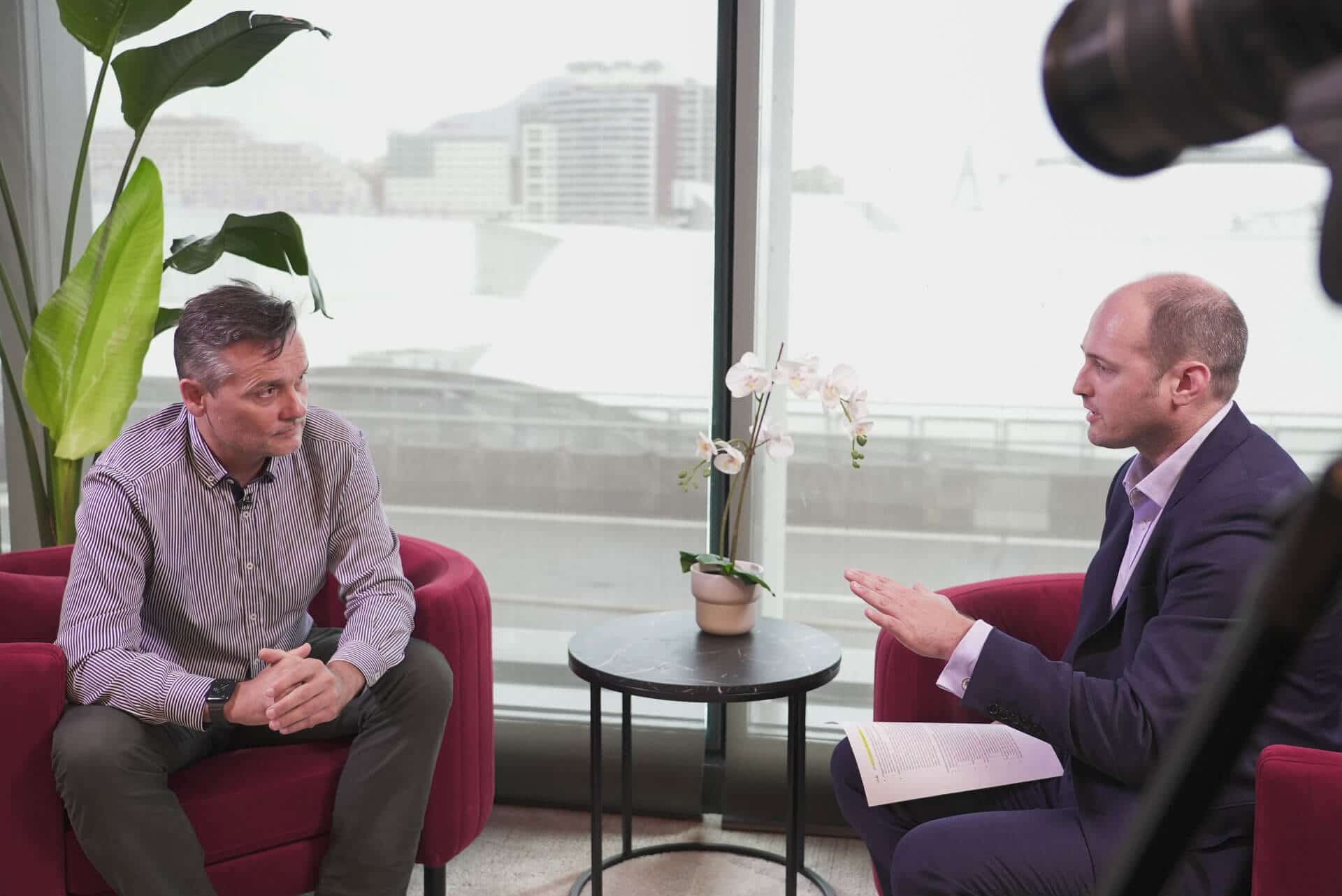
Trend 4: Evolving operating models for efficiency
To meet demand for more flexible and accessible care, CIOs are evolving their operating models.
The shift toward hybrid and virtual care is prompting a rethink of how teams and systems are structured across clinical and administrative environments.
Among top priorities are simplifying workflows, improving operational effectiveness, and reducing administrative load.
Healthcare CIOs are trialling new delivery models to support Australia’s ageing population, often in combination with performance dashboards and telehealth platforms.
As a result, CIOs are investing in integrated back-office applications, ERP upgrades, and digital workplace improvements to increase productivity and enhance continuity of care, particularly in rural and regional settings.
At CIO Edge, Sandip Kumar, Executive Director and CIO at Gold Coast Health, highlighted how involving clinicians in co-design led to systems that improved usability and outcomes.
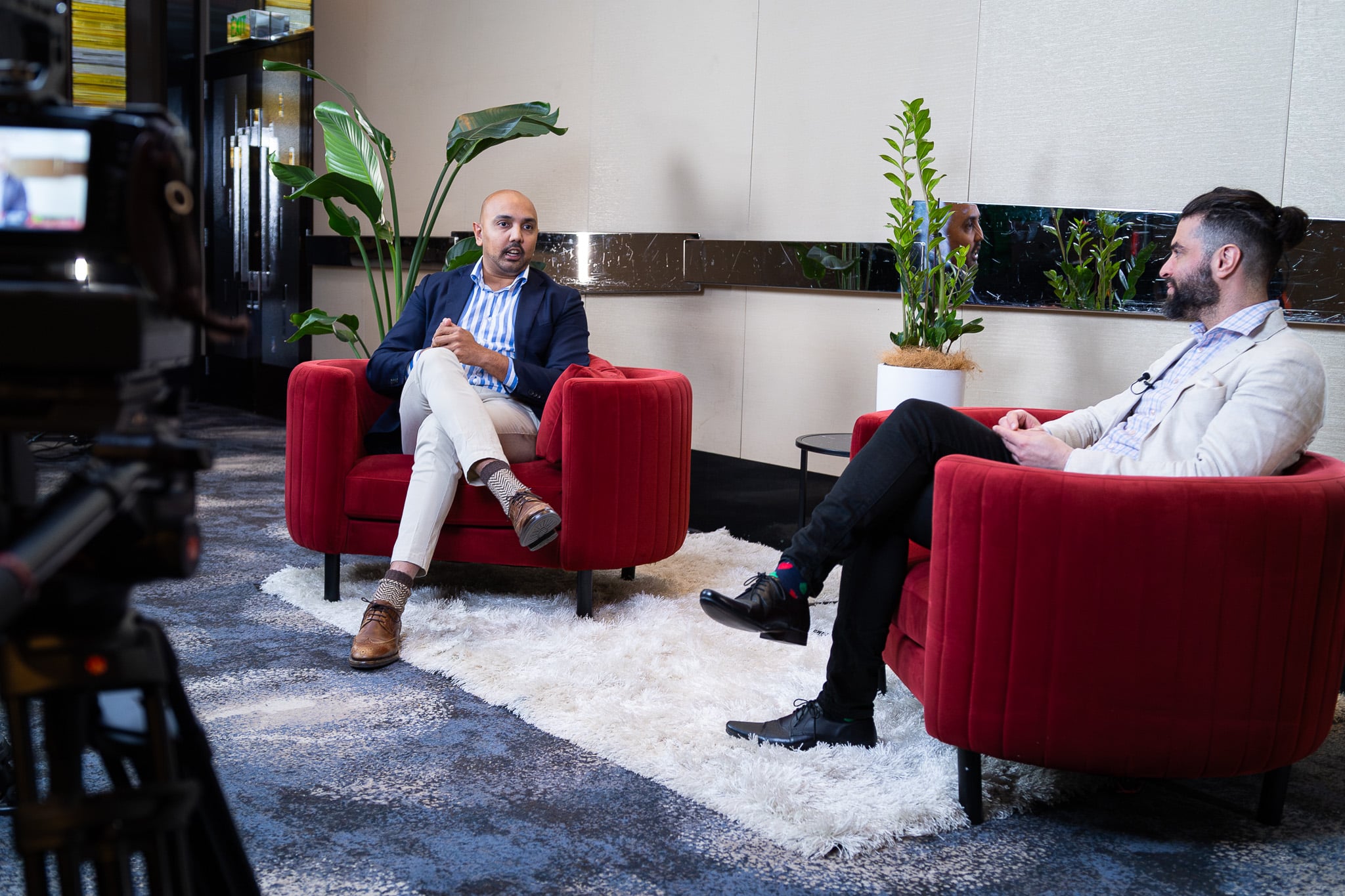
He noted that modularity and digital ambassadors played a crucial role in scaling these operating model changes across the organisation.
Renzo Mostacci, CIO at Uniting, reinforced this approach by focusing on technology as an enabler of better care, not just efficiency.
His framework prioritises the client experience and supports staff in delivering purposeful aged care, especially across diverse service needs.
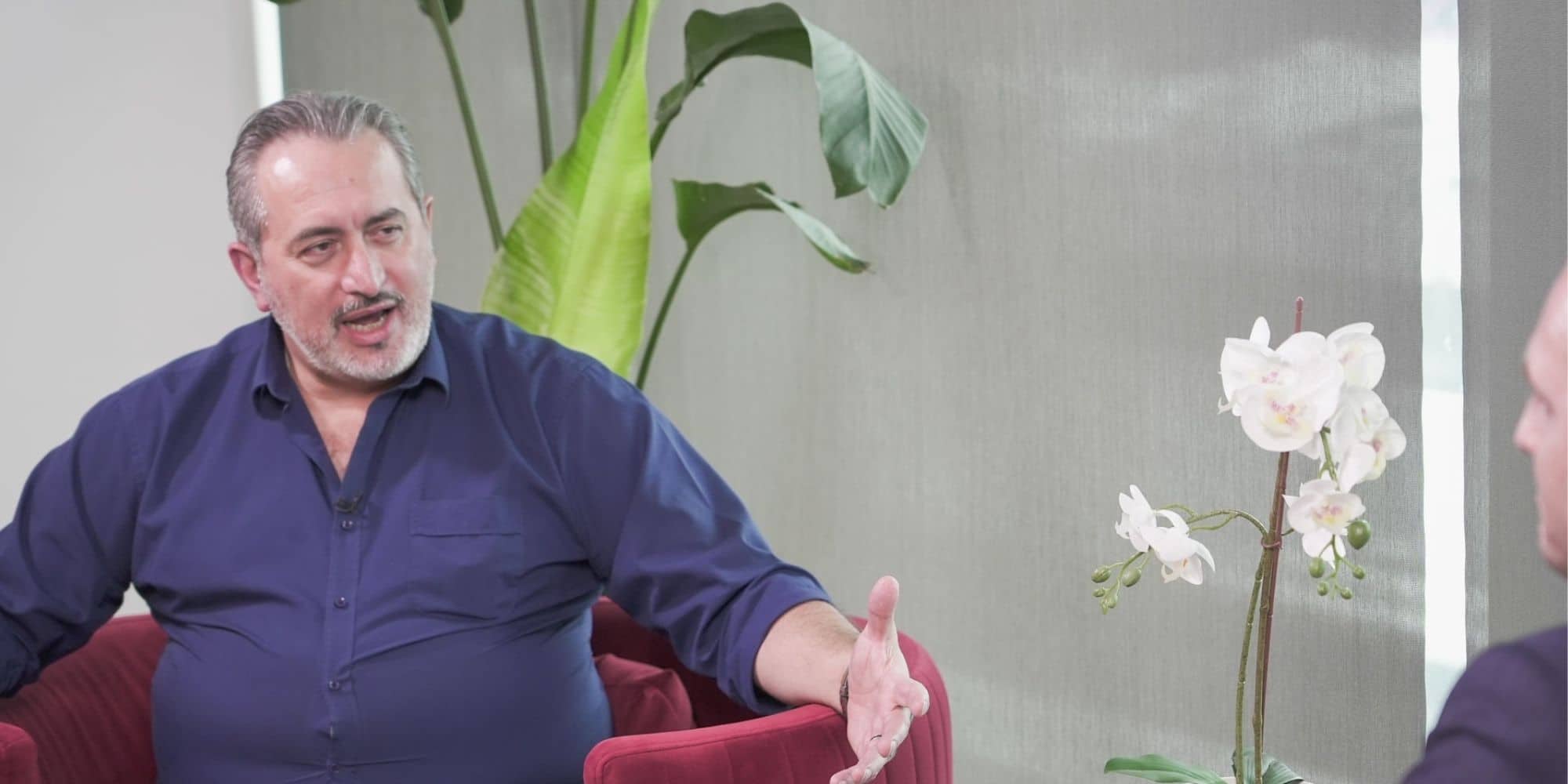
Trend 5: Advancing data governance and analytics
Data is a strategic asset for healthcare CIOs. In 2025, they are doubling down on creating data-driven organisations by prioritising integration, analytics, and governance.
Three analytics-driven initiatives, including data visualisation, consolidation, and interoperability, rank among the top five investments for the next 12 months.
CIOs are working to unify fragmented data sets across departments and jurisdictions, laying the foundation for better reporting, patient insight, and targeted intervention.
Population health management and rural program planning are also increasingly supported by real-time analytics.
However, CIOs face constraints around legacy systems, data privacy, and regulatory complexity.
The path forward involves aligning data use with national standards while enabling secure, actionable insights that can scale.
Karen O’Driscoll spoke to the power of real-time data from connected devices, helping Cochlear inform care decisions and track progress.
Yet she acknowledged the importance of ongoing clinician engagement and system usability to ensure the data translates into action.
Sami Yalavac, in a separate CIO Edge interview, emphasised that CIOs must transition from doers to orchestrators of insight-driven value.
Embedding analytics into product teams supports faster decisions and better alignment with customer needs.
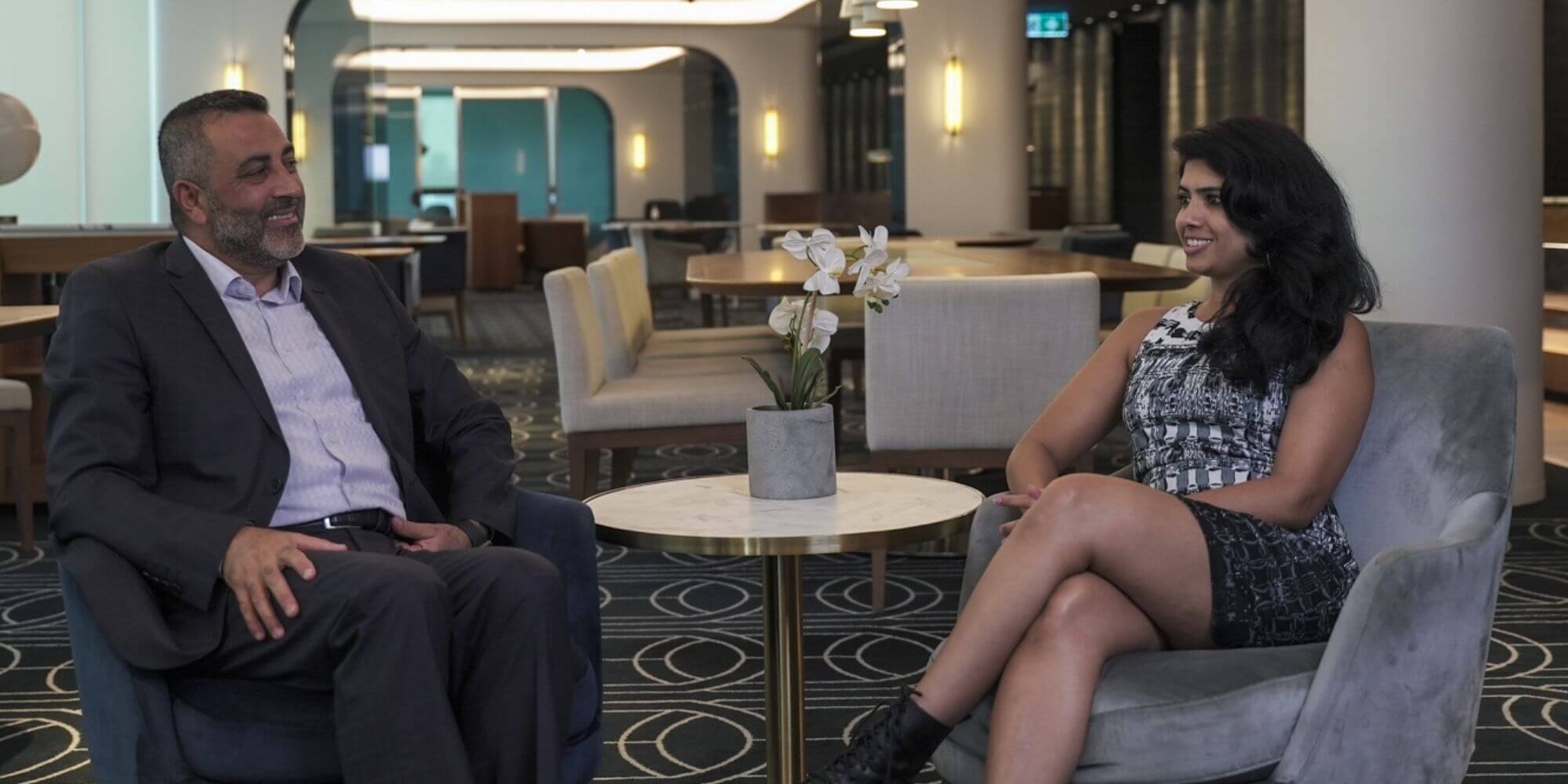
Recommended actions for technology vendors
To support this transformation, technology vendors must align their solutions to the specific investment behaviours and strategic imperatives of healthcare CIOs:
- Support secure-by-design systems that help CIOs comply with privacy laws, meet Essential Eight requirements, and strengthen patient trust.
- Deliver scalable infrastructure solutions that integrate with legacy systems, support FHIR standards, and accelerate cloud migration for core workloads.
- Embed security and governance capabilities across platforms, ensuring audit trails, access controls, and compliance with APRA and ACSC frameworks.
- Provide modular tools to evolve operating models, from hybrid care support to back-office automation and workforce enablement.
- Enable data consolidation and advanced analytics through platforms that unify records, facilitate real-time decisions, and enhance health equity across communities.
Australia’s healthcare CIOs are building a more connected, resilient, and intelligent sector.
To remain relevant partners in this journey, vendors must address their most urgent concerns including security, modernisation, compliance, and operational efficiency.
Specifically, vendors must align to the distinct investment behaviours and strategic priorities that define healthcare technology planning in 2025.
For deeper insights into the sector’s roadmap, investment trends, and CIO priorities, access the full ADAPT 2025 Outlook New Healthcare IT Agenda: Secure, Intelligent and Agile report.




